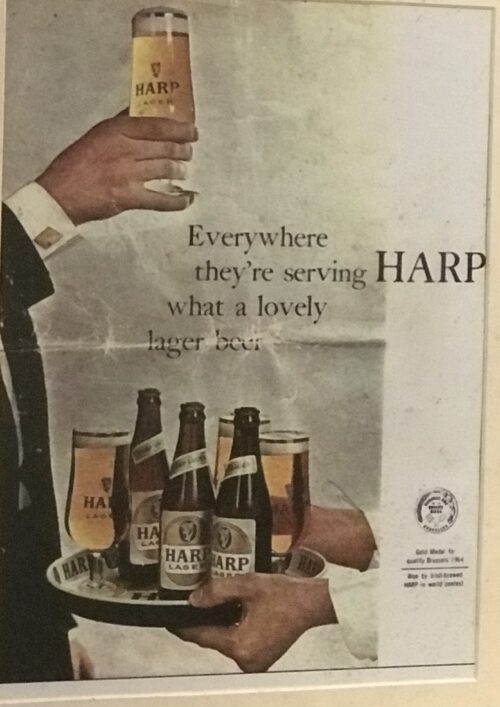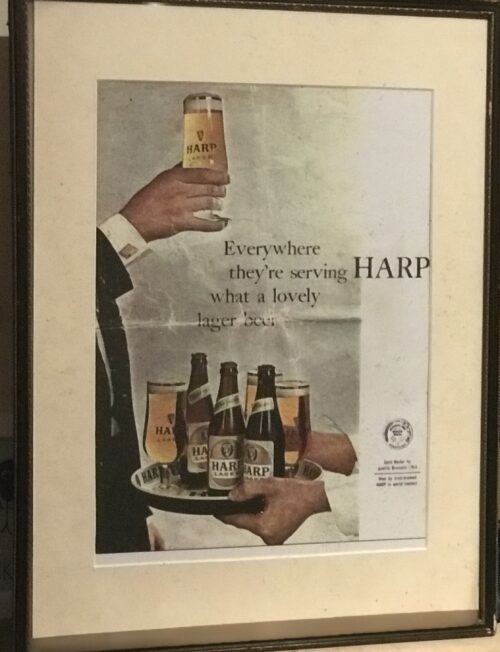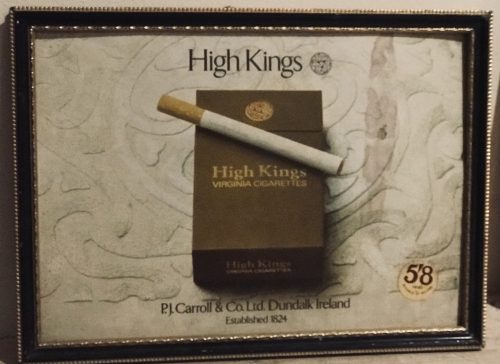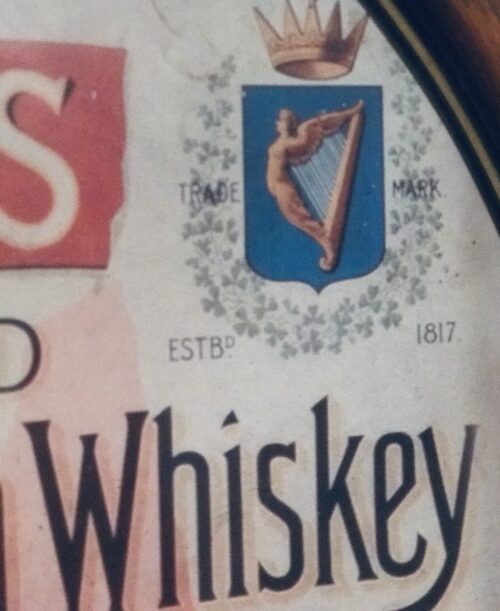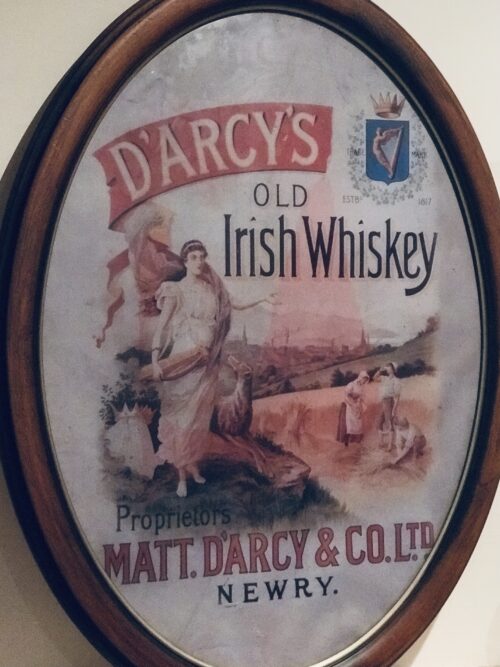Foundation
The Ulster, D&D and D&BJct railways together formed the main line between Dublin and Belfast, with the D&BJct completing the final section in 1852 to join the Ulster at Portadown. The GNRI's other main lines were between Derry and Dundalk and between Omagh and Portadown. The Portadown, Dungannon and Omagh Junction Railway together with the Londonderry and Enniskillen Railway enabled GNRI trains between Derry and Belfast to compete with the Belfast and Northern Counties Railway, and both this and the Dundalk route gave connections between Derry and Dublin. These main lines supported the development of an extensive branch network serving the southwest half of Ulster and northern counties of Leinster. The GNRI became Ireland's most prosperous railway company and second largest railway network. In its early years the GNR(I) closely imitated the image of its English namesake, adopting an apple green livery for its steam locomotives and a varnished teak finish for its passenger coaches. Later the company adopted its famous pale blue livery for locomotives (from 1932), with the frames and running gear picked out in scarlet. Passenger vehicles were painted brown, instead of varnished. On 12 June 1889, a significant rail accident occurred when a passenger train stalled between Armagh and Newry. The train was divided, but during the uncoupling operation ten carriages ran away and collided with another passenger train. A total of 80 people were killed and 260 were injured in what was then the deadliest railway accident to have occurred in Europe. The accident remains the deadliest ever to have occurred on the island of Ireland.Growth and partition
In the early 20th century increasing traffic led the GNRI to consider introducing larger locomotives. The Great Southern & Western Railway had introduced express passenger locomotives with a 4-6-0 wheel arrangement, and the GNRI wanted to do the same. However, the lifting shop in the GNRI Dundalk works was too short to build or overhaul a 4-6-0, so the company persisted with 4-4-0 locomotives for even the heaviest and fastest passenger trains. This led to the GNRI to order a very modern and powerful class of 4-4-0's, the Class V three cylinder compound locomotives built by Beyer, Peacock & Company in 1932. This class has been compared with another notable V class, that introduced by the Southern Railway in England in 1930. The Partition of Ireland in 1921 created a border through the GNRI's territory. The new border crossed all three of its main lines and some of its secondary lines. The imposition of border controls caused some service disruption, with main line trains having to stop at both Dundalk and Goraghwood stations. This was not eased until 1947 when customs and immigration facilities for Dublin–Belfast expresses were opened at Dublin Amiens Street and Belfast Great Victoria Street stations.Nationalisation and division
A combination of the increasing road competition facing all railways and a change in patterns of economic activity caused by the Partition of Ireland reduced the GNRI's prosperity. The company modernised and reduced its costs by introducing modern diesel multiple units on an increasing number of services in the 1940s and 1950s and by making Dublin–Belfast expresses non-stop from 1948. In Dundalk at the GNR Works the railway engineers developed railbuses for use on sections of the rural network. Nevertheless, by the 1950s the GNRI had ceased to be profitable and in 1953 the company was jointly nationalised by the governments of the Republic of Ireland and Northern Ireland. The two governments ran the railway jointly under a Great Northern Railway Board until 1958.
Preserved GNRI Class S no. 171 Slieve Gullion at Lisburn
Preservation
Rolling stock

No.85 taking on water on the former Northern Counties Committee line at Ballymena railway station.






